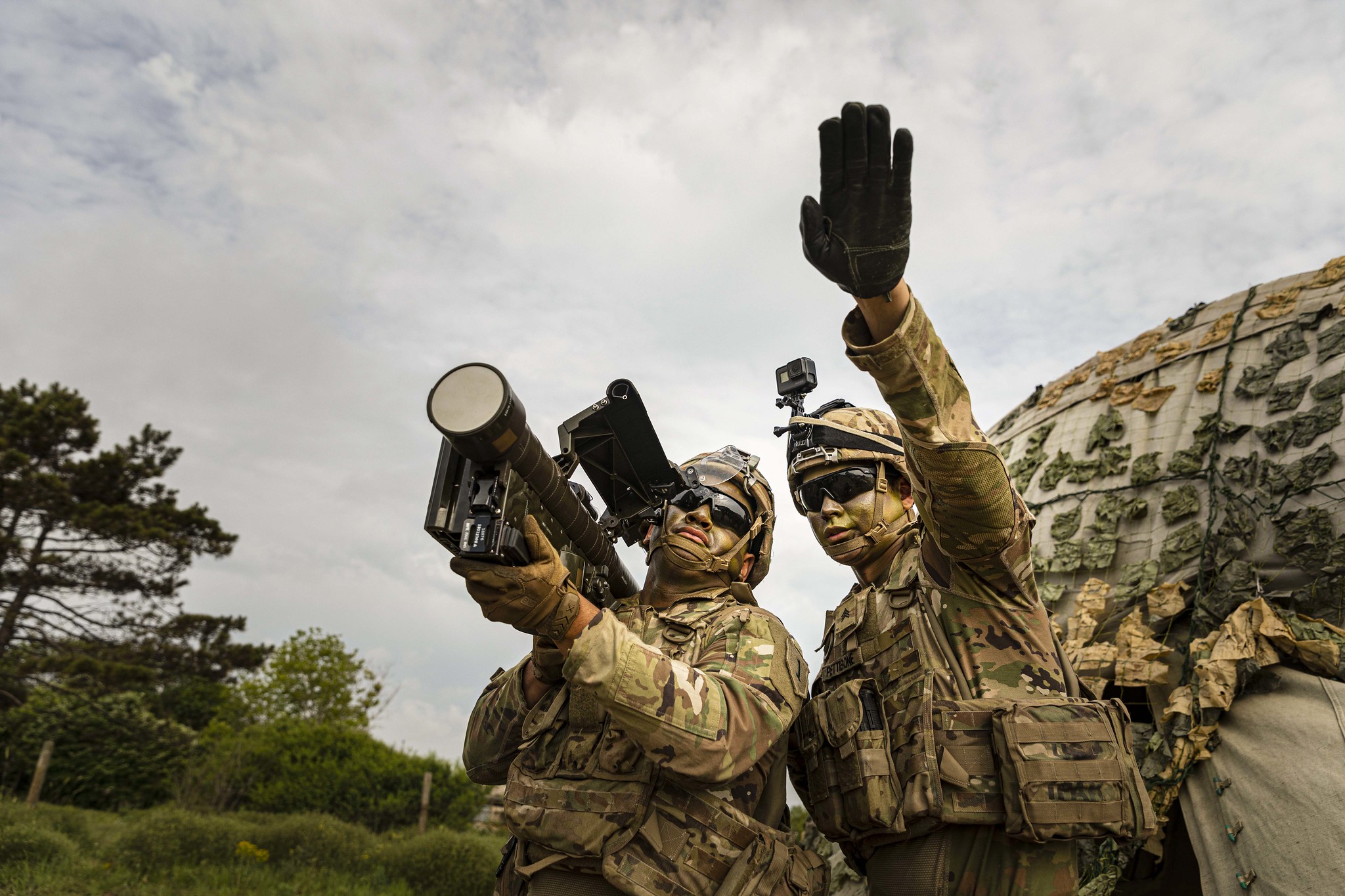Ukraine, this is how the US pumps the production of Stinger missiles

The U.S. military awarded Raytheon Technologies a $ 624 million contract to replenish its stock of Stinger missiles. The U.S. sent 1,400 to Ukraine
The US is replenishing the stocks of Stinger missiles, sent to Ukraine to resist the Russian offensive.
On May 27, the US Army awarded Raytheon Technologies a $ 624 million contract to manufacture 1,300 Stinger anti-aircraft missiles. The Pentagon thus aims to replenish its stocks after having sent around 1,400 missile systems to Kiev.
Since Russia invaded Ukraine on February 24, the Pentagon has sent both Stinger anti-aircraft missiles and Javelin anti-tank missiles to Kiev, which are deemed highly effective.
However, US lawmakers last April expressed concern that the transfer of the Stinger and Javelin systems to Ukraine could leave the US militarily vulnerable and called on President Biden to replenish supplies, Axios recalls.
And the Pentagon immediately ran for cover. In mid-May, Lockheed Martin also received two contracts worth $ 309 million from the US military for its Javelin missiles.
All the details.
THE NEW CONTRACT IN RAYTHEON FOR STINGER MISSILES
Raytheon said in a statement Friday that the contract is being funded through the $ 40 billion military and humanitarian aid package that Congress approved this month for Ukraine.
The US company added that the contract includes "provisions for engineering support, as well as test equipment and support needed to address obsolescence, modernize key components and accelerate production."
There was no timeline for the works to be completed, but it is estimated that delivery could take up to 30 months.
THE STINGER LAND-AIR MISSILES
The Stinger missile is a lightweight, autonomous air defense system that can be quickly deployed by ground troops.
The Stinger, as stated on the Italian Army website , is a surface-to-air missile system used against the aerial threat conducted at very low altitudes. The weapon system is composed of the missile inserted in a launch tube: the soldier carries it on his shoulder and aims at the target thanks to an identification system.
Furthermore, it is also possible to use them from land vehicles and helicopters, a detail that increases their versatility.
Its supersonic speed, agility and an extremely accurate guidance and control system give the weapon an operational advantage against cruise missiles and all classes of aircraft.
Weighing around 10kg, it has a range of around 8km and can target low-flying aircraft, helicopters and UAVs.
EASY TO HANDLE
According to military experts, these are tools that are particularly useful in a context of 'urban' conflict and resistance, where it is necessary to have weapons that are easy to transport and use. Precisely the infrared anti-aircraft 'Stingers' are easy to handle, fit in the trunk of a car and above all they are not very difficult to use. Even a civilian with reasonable training can learn to use them effectively.
Precisely for these reasons they proved effective for the Kiev army.
SOME PROBLEMS FOR PRODUCTION
According to Raytheon CEO Greg Hayes, the company may not be able to produce more Stingers until at least 2023. "It will take some time," Hayes pointed out as some components are no longer commercially available. therefore the company will have to redesign the electronics.
The Stinger production line was closed in December 2020, the Pentagon said. In July 2021, Raytheon won a contract to produce more Stingers, but mostly for international governments, according to the US military.
The only plant in Stinger, Arizona only produces at a low rate.
ALSO REPORTED BY LOCKHEED MARTIN
Lockheed Martin is also investing to increase the production rate of Javelin missiles beyond the current 2,100 per year. But for LM CEO Jim Taiclet, it would take "a number of months, maybe even a couple of years". According to Lockheed's chief executive, Congress could help by restoring microprocessor production.
THE POSITION OF THE PENTAGON
So the Pentagon moved to restore its stocks.
The Center for Strategic and International Studies (CSIS), a Washington-based think tank, has estimated that the United States has sold about a third of its Javelin stocks to Ukraine. And the CSIS added that it will take three or four years to rebuild them, reports the Financial Times .
Additionally, the United States is estimated to have sent about a quarter of its Stinger missiles to the country. It will take at least five years to replace them at current production levels.
However, earlier this month, the Pentagon spokesperson reiterated that the US has managed to send its weapons to Ukraine "without compromising military readiness and we still have the necessary inventory for our needs."
"We are continuing to work with the industry to replenish US stocks and replenish stocks of allies and partners," he said in a statement.
This is a machine translation from Italian language of a post published on Start Magazine at the URL https://www.startmag.it/innovazione/ucraina-ecco-come-gli-usa-pompano-la-produzione-dei-missili-stinger/ on Mon, 30 May 2022 14:36:39 +0000.
